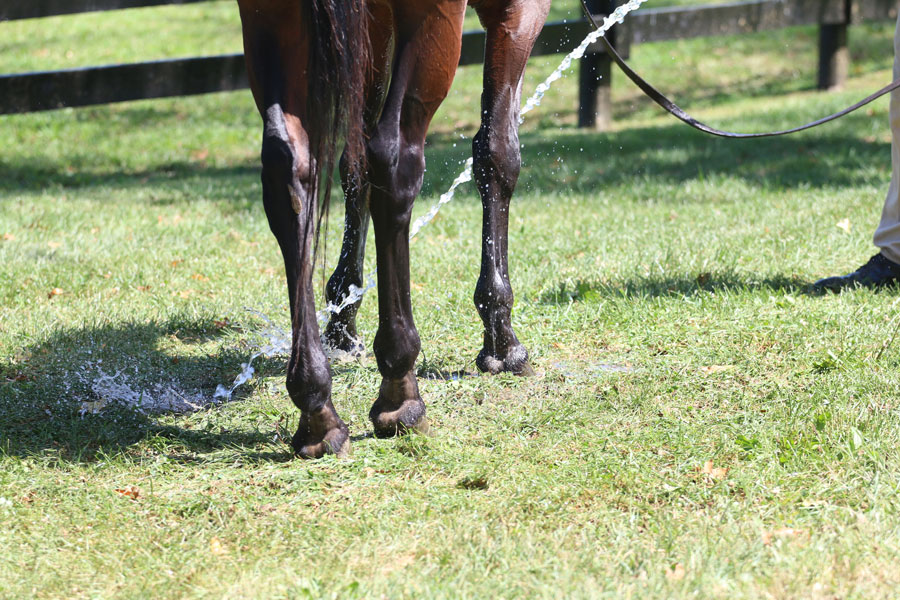
A: Heat therapy (thermotherapy) and cold therapy (cryotherapy) along with their cousin hydrotherapy, which just means water therapy, have been around for centuries because theyre simple yet effective. In a nutshell, cold is for early stages of injury while heat is for the final states of healing. Each in their own way, heat therapy and cold therapy limit tissue damage and improve or hasten healing, with the goal of restoring the affected area to full function.
A few inflammation basics first. There are five cardinal signs of inflammation:
- Heat
- Pain
- Redness
- Swelling
- Decreased function
These appear fairly quickly after an injury or insult, and are what cold therapy is specifically trying to address. By applying cold to an area, blood flow to the area is decreased, pain is lessened, and swelling is reduced. Tissue metabolism is slowed, which prevents white blood cells and inflammatory mediators from rushing to the site and also moderates the activity of destructive enzymes.
Methods for providing cold therapy in the early or acute phase include cold hosing, ice packs, ice water baths, and other options, and can be accomplished with items already on-hand in the barn or with commercial products specifically designed for this purpose. The main things to keep in mind are that the sooner cold therapy is begun the more effective it will be, generally the colder the better as long as it’s not TOO cold, and choose a method that’s not so labor intensive, expensive, or messy that it doesn’t get done.
Cold therapy is usually continued for the first 24-72 hours or for as long as your veterinarian recommends (in the case of general swelling or the initial return to work following rehabilitation, your vet may suggest a different schedule). For best results, cold is usually applied to the affected area for 20 minutes every 3 to 4 hours, but at least 3-4 times per day.
Your veterinarian is also your best resource for advising when heat therapy is indicated. Usually it’s reserved for when an injury has moved into the chronic phase, to help promote the body’s natural healing mechanisms. Warm, moist heat stimulates blood flow and increases tissue metabolism, which brings white blood cells, enzymes, and other agents of repair into the site. Pain is lessened not only by the direct action of heat on pain receptors, but also by interrupting the pain-spasm-pain cycle, making heat therapy especially useful for muscle issues. Since soft tissues such as tendons, ligaments, muscles, and even joint capsules may be actively stretched more effectively and safely when they are relaxed and warm, the tissue extensibility and elasticity that heat therapy produces is another reason to include this in a rehabilitation program.
Just like cold therapy can cause damage when it’s too cold, heat therapy can cause damage when it’s too hot. The rule of thumb is to only apply water, soaked cloths, or hot packs that you can comfortably tolerate with your bare hand. If it’s too hot for your skin, it’s too hot for your horse’s skin and could burn him. As far as frequency and duration, the standard advice of 20 minutes 3-4 times per day holds true here too, although your vet may advise a different protocol depending on whether a massage is to follow, you’re trying to address an abscess, or you’re dealing with another specific issue. Equine health professionals have the additional option of including therapeutic ultrasound to the regimen, which has the benefit of a deeper, more penetrating heat.
Hopefully this brief review of cryotherapy and thermotherapy has been helpful, and the next time you’re facing an injury in your horse you’ll have better understanding of why your vet recommends one over the other, as well as the best ways of safely and effectively applying cold and heat.







